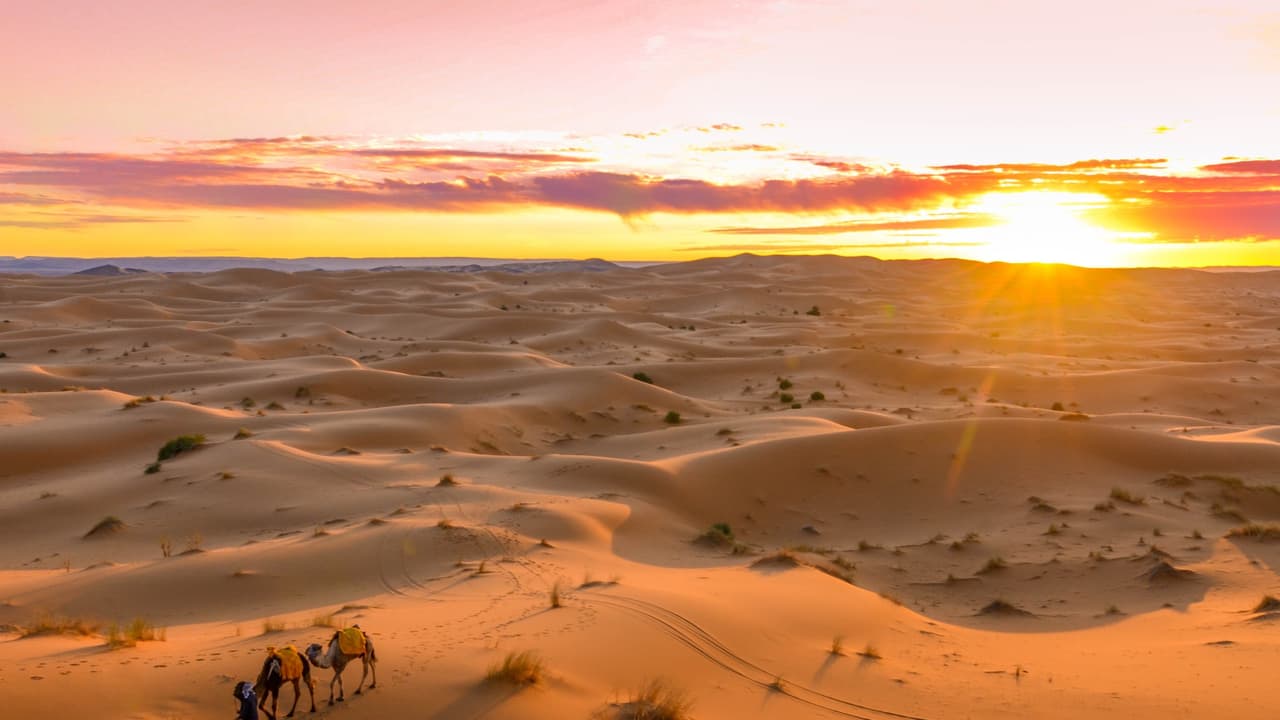UIC scientists predict the Sahara Desert could get up to 75% more rainfall by 2100. Using 40 climate models, they foresee wetter conditions across much of Africa, signaling a dramatic climate shift and the need for urgent adaptation planning.
Rising Temperatures May Bring Unexpected Rainfall
Once known as the world’s largest and driest desert, the Sahara may soon transform into a greener landscape. A new study by researchers at the University of Illinois Chicago (UIC) predicts that the region could experience up to 75% more rainfall by the end of this century as global temperatures continue to rise.
Published in npj Climate and Atmospheric Science, the study used 40 advanced climate models to simulate rainfall patterns across Africa. The results suggest widespread increases in precipitation, with particularly strong changes in North, East, and Central Africa — though some regions may experience drying instead.
Rainfall Increases Could Reshape Africa
Lead author Thierry Ndetatsin Taguela, a postdoctoral researcher at UIC, explained that changing rainfall patterns will have profound impacts on ecosystems and human societies. “Rainfall drives agriculture, water resources, and livelihoods for billions of people,” Taguela said. “Understanding these changes is essential for planning, from managing floods to developing drought-resistant crops.”
The models project that the Sahara could become significantly wetter, while southeastern Africa might see rainfall rise by about 25%, and south-central Africa by 17%. However, southwestern Africa may face a 5% decline in precipitation — underscoring the need for region-specific adaptation strategies.
Why the Desert Might Get Wetter
The study attributes these shifts primarily to a warming atmosphere, which can hold more moisture and redistribute it through changing wind and pressure patterns. This enhanced moisture capacity may drive heavier rains in typically dry zones, including the Sahara.
“The Sahara nearly doubling its rainfall is a surprising but consistent signal across many models,” Taguela said. “Still, there’s uncertainty in how much rain will actually fall, and improving our models will be key to reliable projections.”
Preparing for a Changing Climate
The findings highlight the urgent need for adaptation planning. Increased rainfall could support vegetation growth and water resources in some areas, but may also bring new flooding and land management challenges.
As part of UIC’s Climate Research Lab, Taguela’s team continues to study how shifting precipitation patterns could reshape Africa’s environment, agriculture, and long-term sustainability.
